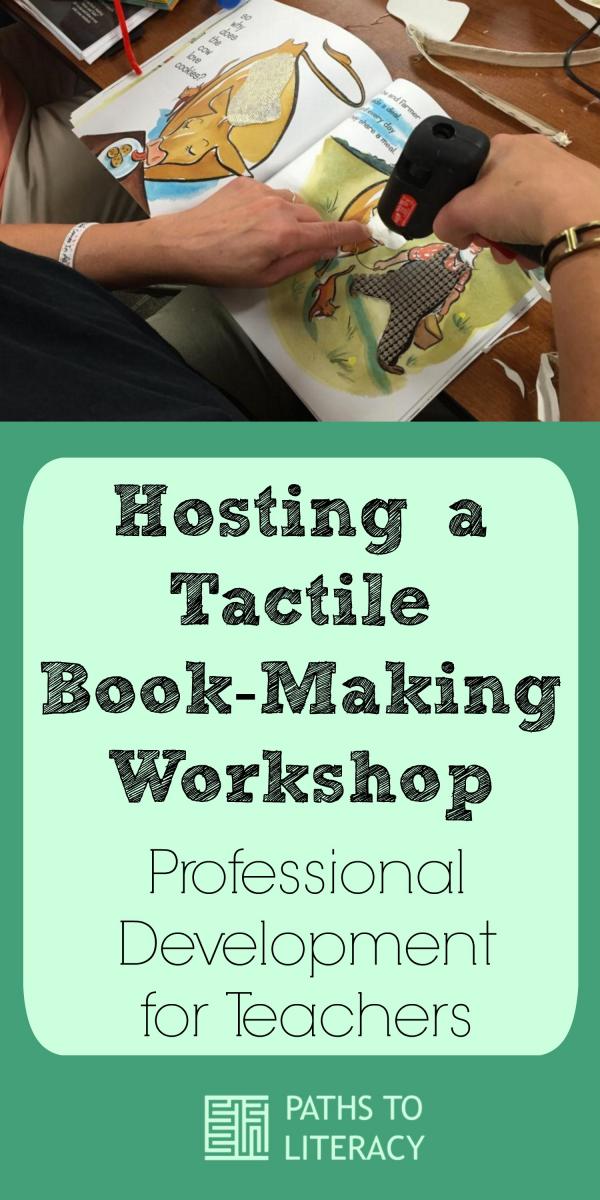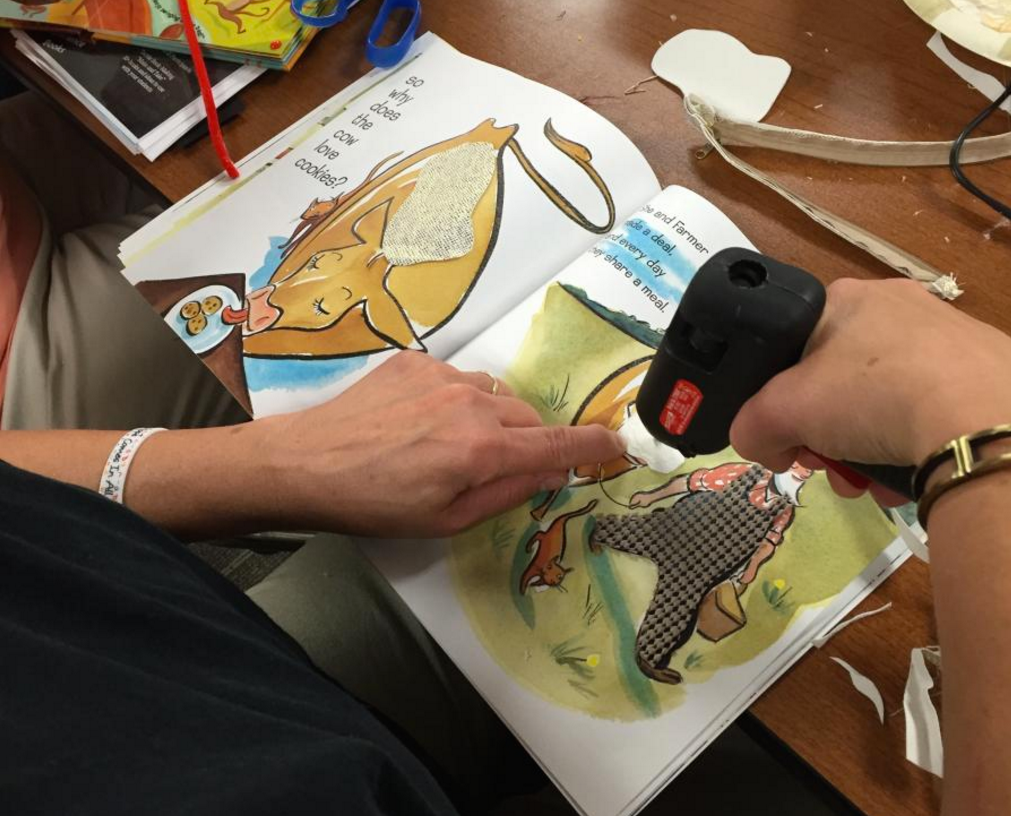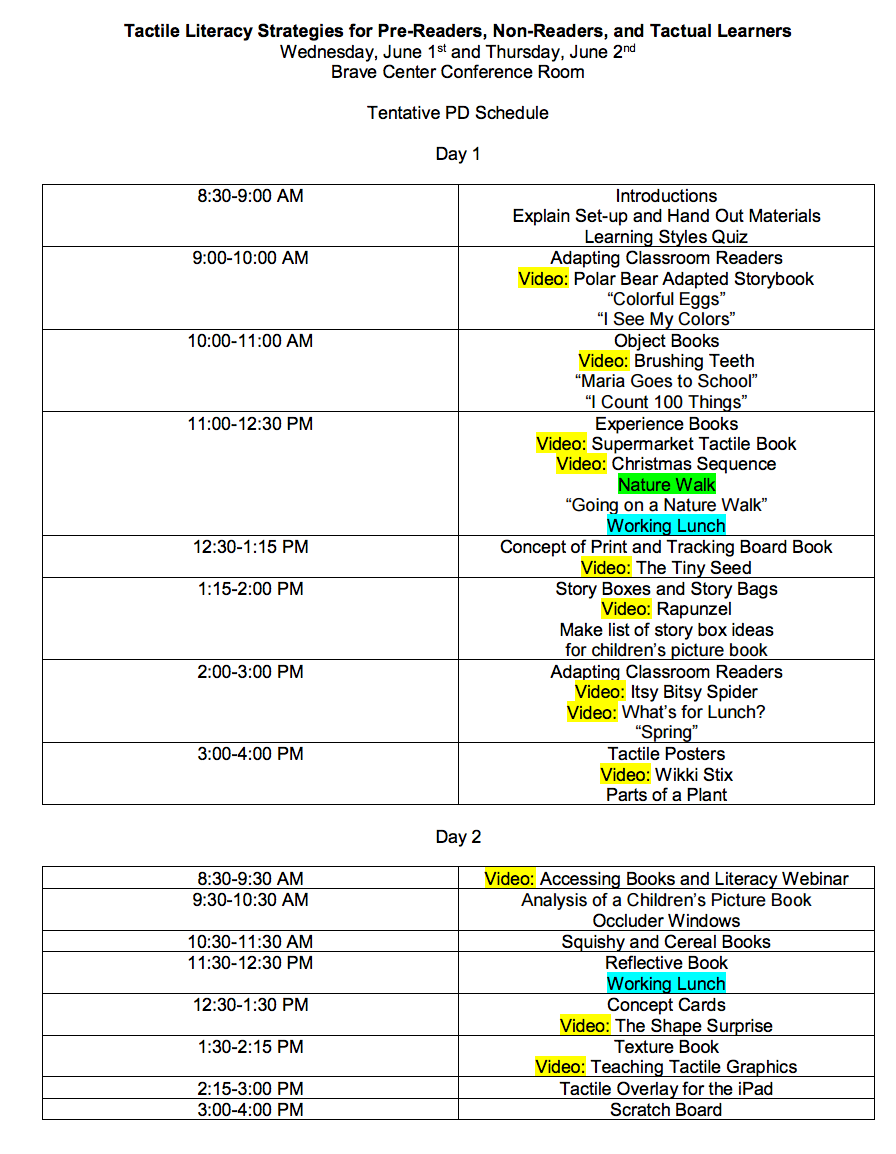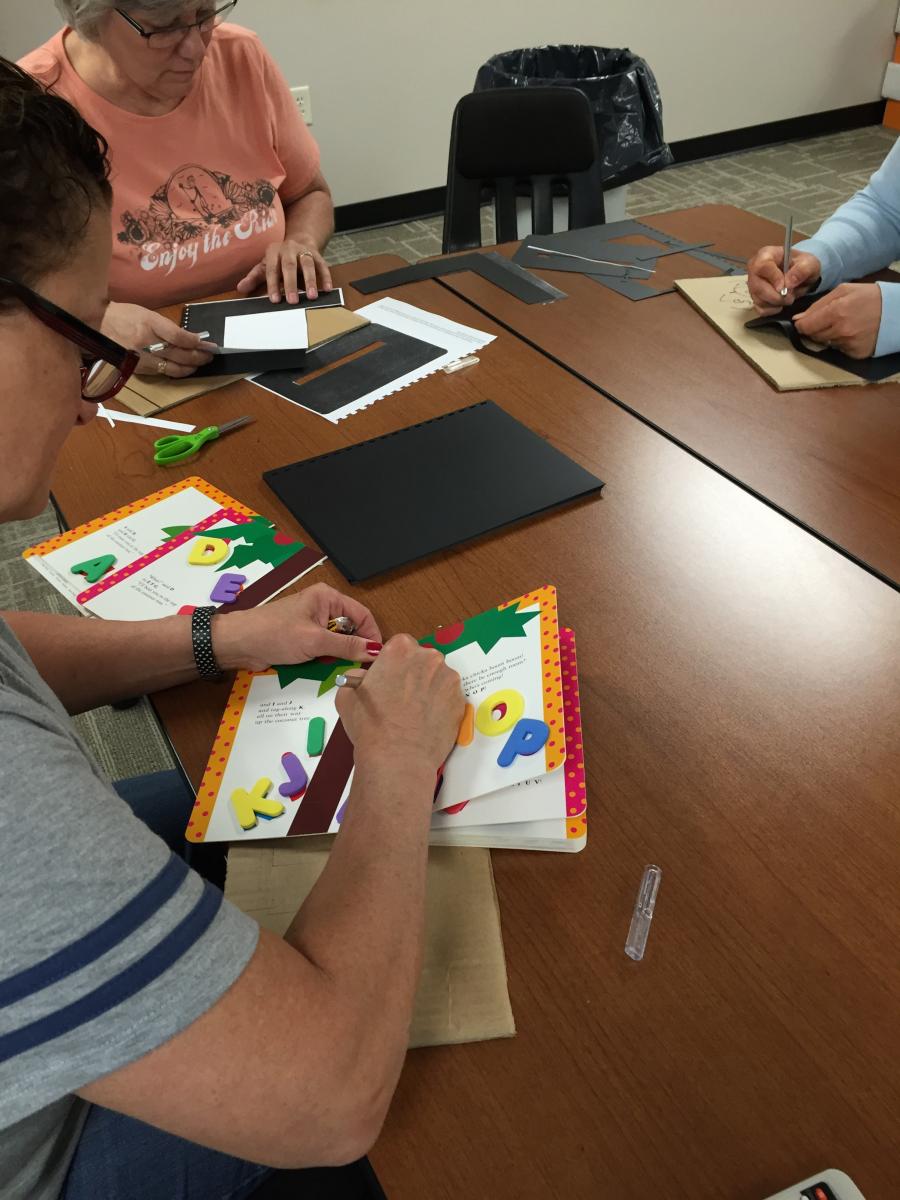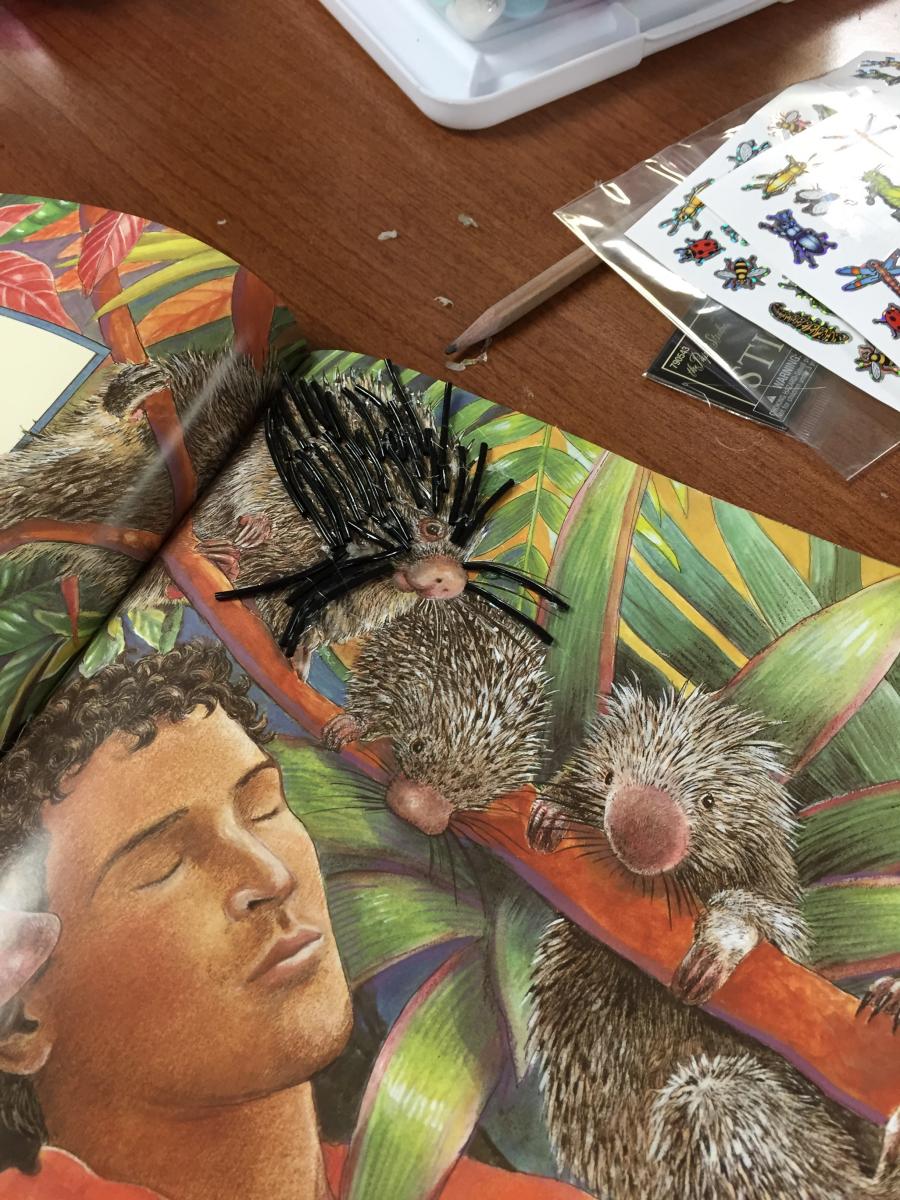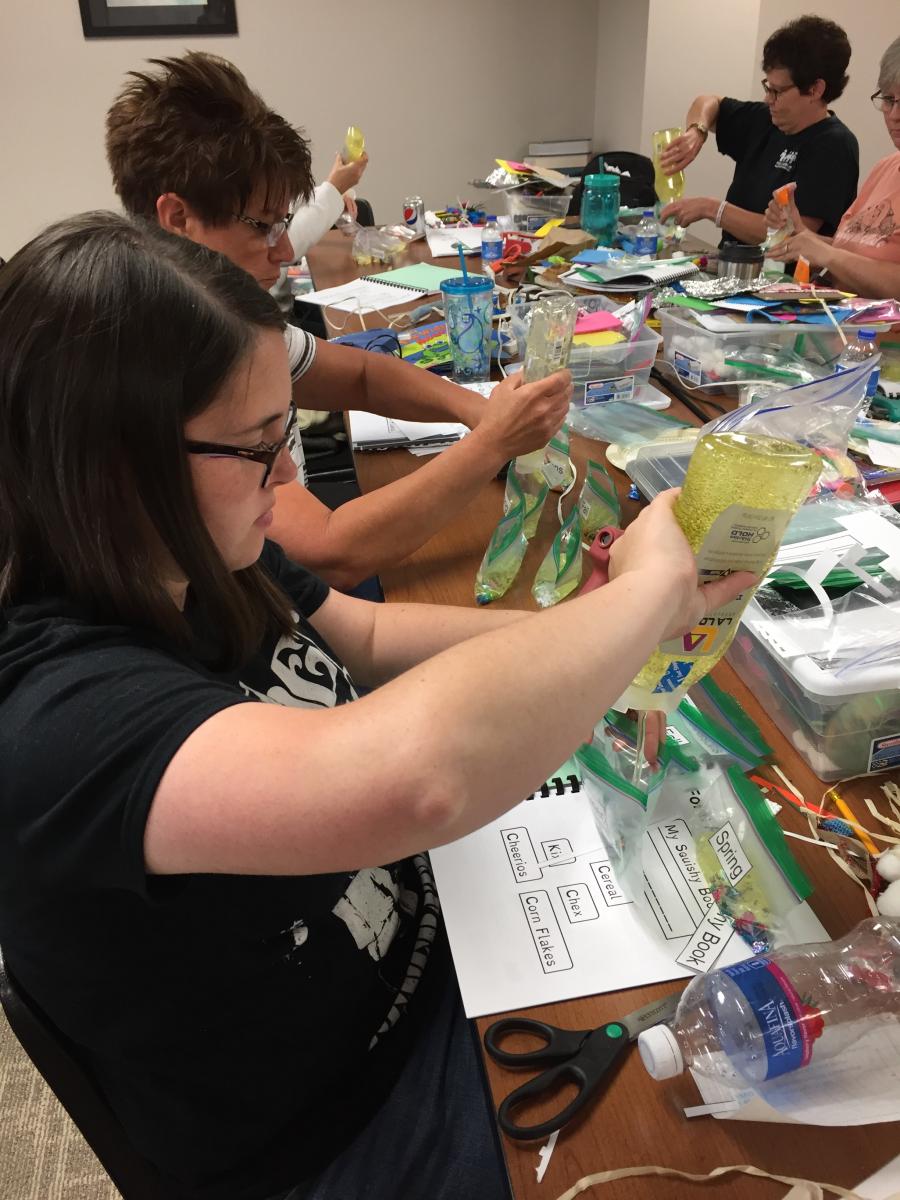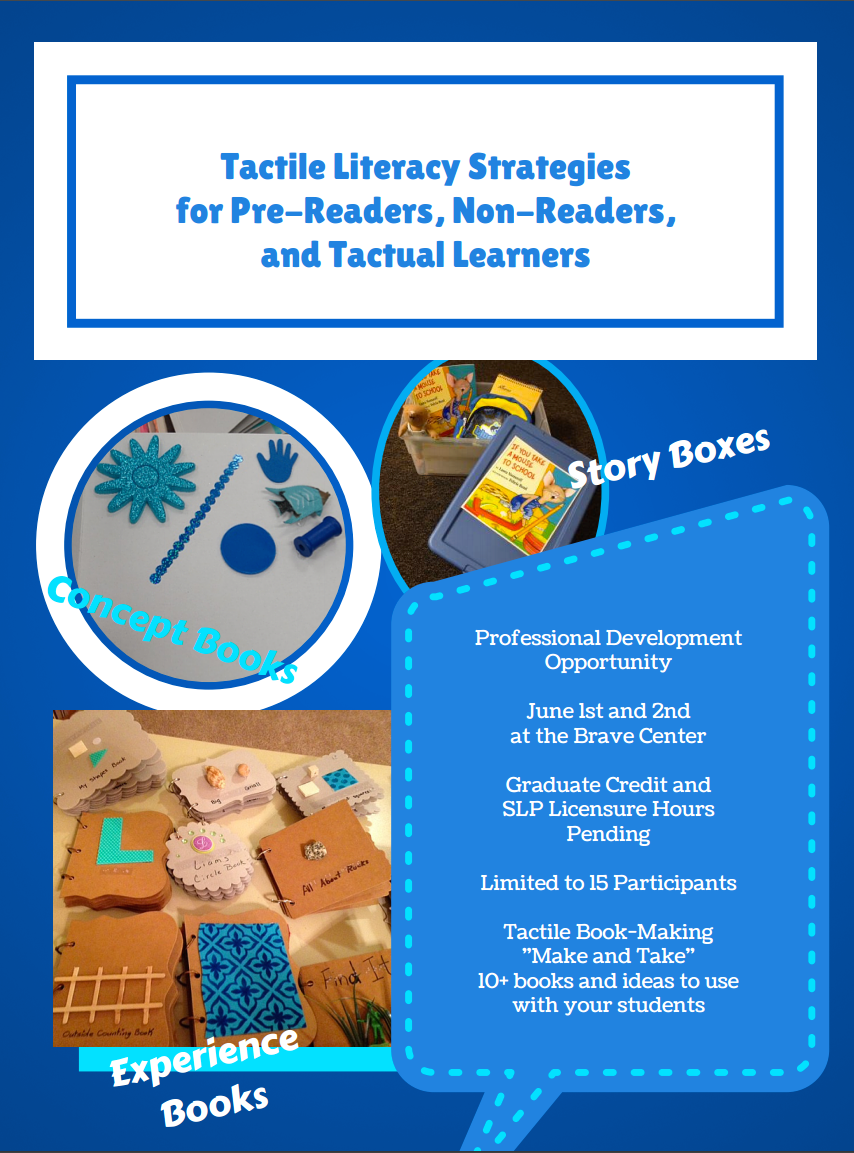 As an itinerant TVI/COMS for a multi-district special education unit, it can be difficult to provide quality professional development for teachers specifically for students with visual impairments. One area that I felt was necessary to provide training for ALL teachers working with my VI students was on tactile literacy strategies. Knowing the need for unit-wide training, I decided to offer a two-day professional development session that included tactile book-making and tactile literacy strategies for pre-readers, non-readers, and tactile learners. The session really focused on adaptations, accessibility, and a multi-sensory approach to teaching literacy.
As an itinerant TVI/COMS for a multi-district special education unit, it can be difficult to provide quality professional development for teachers specifically for students with visual impairments. One area that I felt was necessary to provide training for ALL teachers working with my VI students was on tactile literacy strategies. Knowing the need for unit-wide training, I decided to offer a two-day professional development session that included tactile book-making and tactile literacy strategies for pre-readers, non-readers, and tactile learners. The session really focused on adaptations, accessibility, and a multi-sensory approach to teaching literacy.
This professional development session took several months to plan and was a lot of preparation, but it was totally worth it! My advice to any TVI thinking about hosting a professional development session—just go for it.
Determine the session objectives
First, I started by determining the session objectives.
Session Objectives:
- Participants will learn tactile literacy strategies through tactile book-making projects.
- Participants will discuss best practices of designing tactile illustrations for children’s books.
- Participants will create tactile books to use with students, including experience books, object books, story boxes, etc.
Provide professional development hours or credits and get the word out!
In order to persuade teachers to attend, I created a poster and advertised throughout my special education unit, and emailed teachers that worked directly with VI students and personally invited them to attend. I made sure to plan 15 hours in order to offer graduate credit and SLP licensure hours. The training took place over two days right after school got out.
Gather the materials you need
Next, I found printable readers or created materials that corresponded with the projects that I wanted participants to make to reinforce the strategies. The projects included: adapting predictable texts and sight word readers, object books, experience books, page fluffers, story boxes, tactile posters, occluders, squishy books, reflective books, concept cards, texture books, tactile overlays for the iPad, and scratch boards.
I organized shoe box totes for each participant with the necessary materials (this was the most time-consuming part).
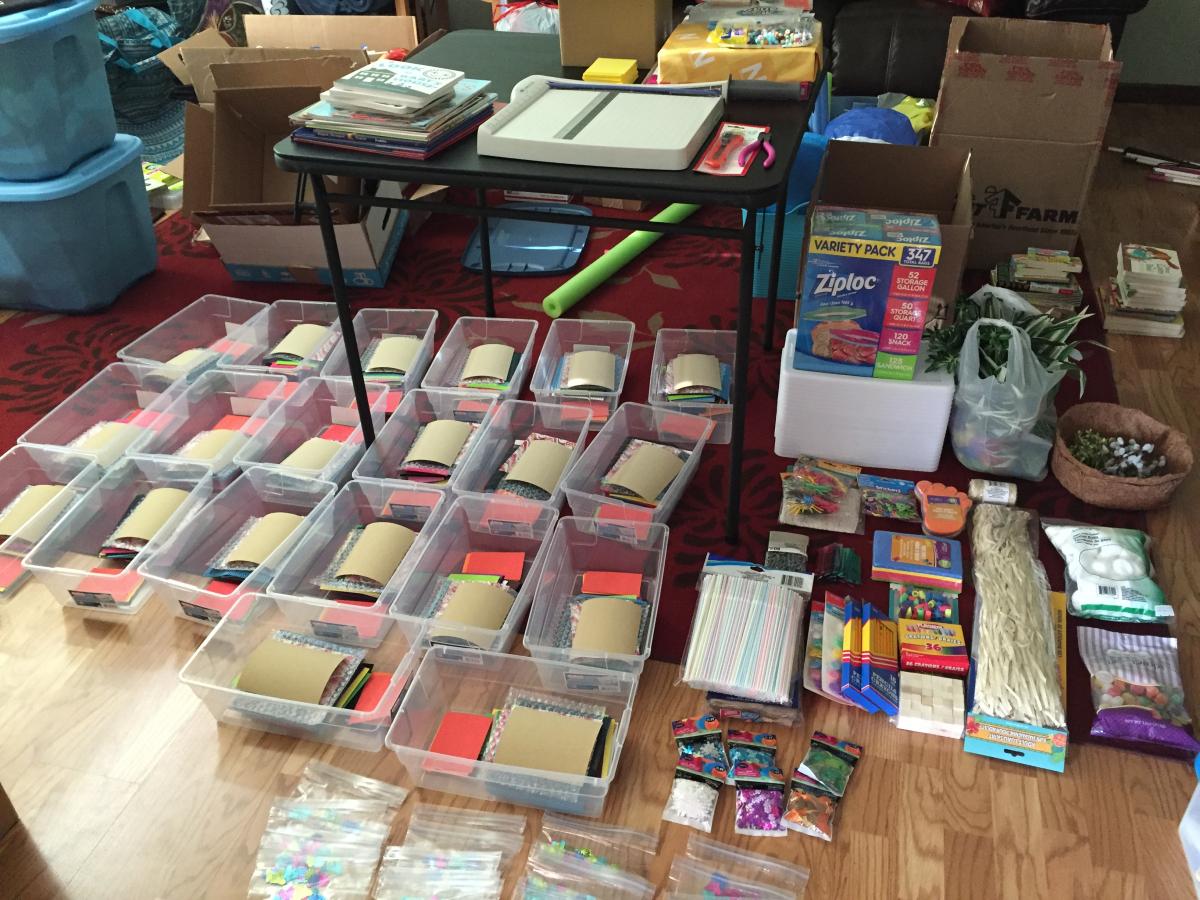
Materials:
- Computer and projector
- Learning Styles quiz
- Several printable readers on cardstock with spiral binding
- Hot glue guns
- Hot glue sticks
- Assorted colored foam
- Chipboard
- Cardboard
- Board books
- Brown lunch bags
- Black plastic binding cover sheets
- Sheet protectors
- X-ACTO knives
- Children’s picture books
- Shoe box totes
- Twine
- Snack- and sandwich-sized Ziploc bags
- Tactile materials for making bags: assorted colored felt, bump dots, hair gel, confetti, CDs, cotton balls, textured fabric, textured paper, pipe cleaners, decorative pom poms, sandpaper, bubble wrap, aluminum sheets, Wikki Stix, several types of cereal.
- Other items that correspond to the illustrations in the printable readers and children’s picture books.
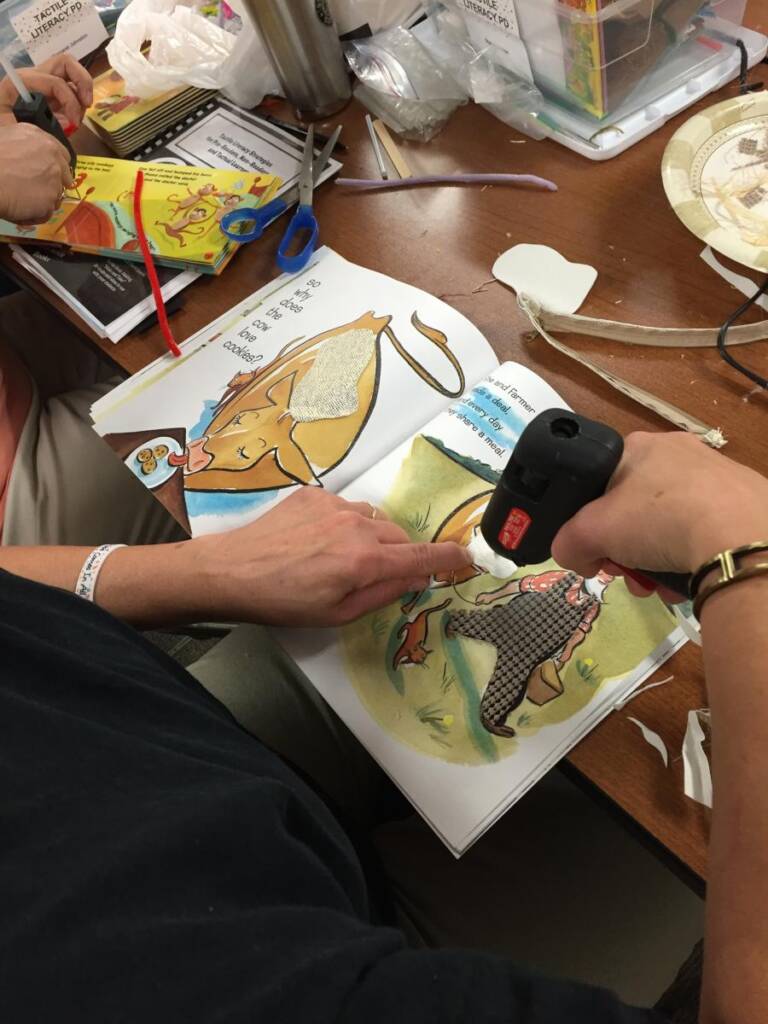
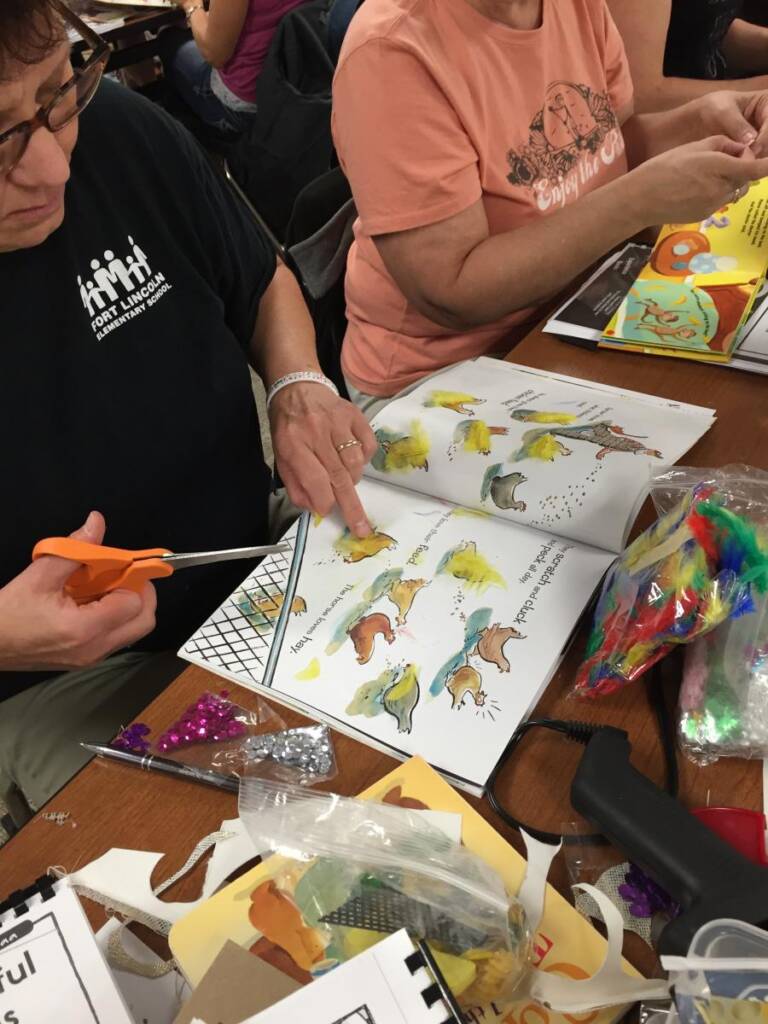
Provide supplemental materials and resources
I also supplemented the projects with videos (from Perkins) to inspire participants with demonstrations of additional strategies. The videos I used as part of the training included:
- Polar Bear Adapted Storybook
- Brushing Teeth
- Supermarket Tactile Book
- Christmas Sequence
- The Tiny Seed
- Itsy Bitsy Spider
- What’s for Lunch?
- Wikki Stix
- Accessible Books and Literacy Webinar
- The Shape Surprise
- Teaching Tactile Graphics
Overall, the professional development training for teachers was a huge success. Each teacher left the training with new knowledge and over fifteen adapted and tactile books or materials to use with students.
